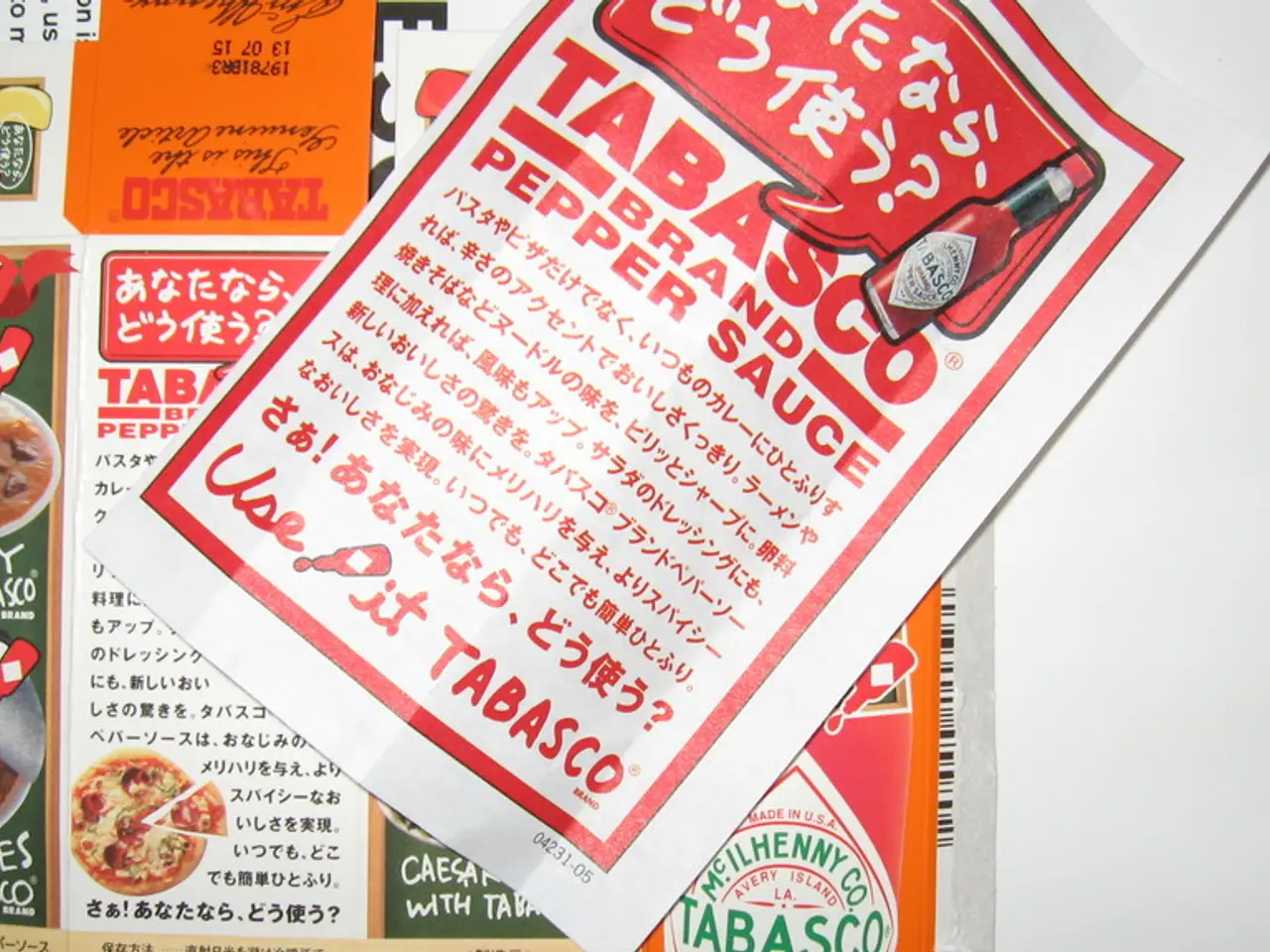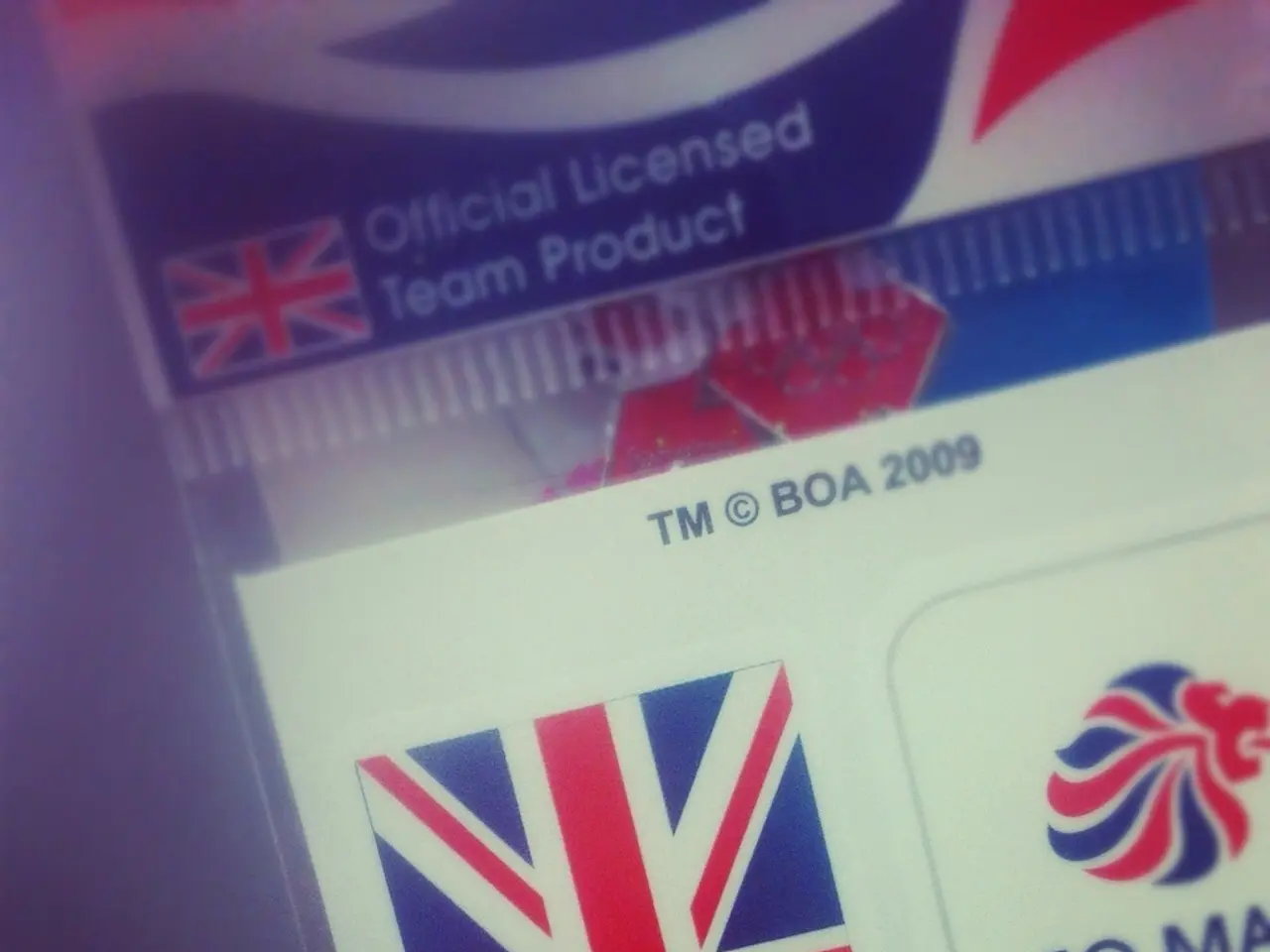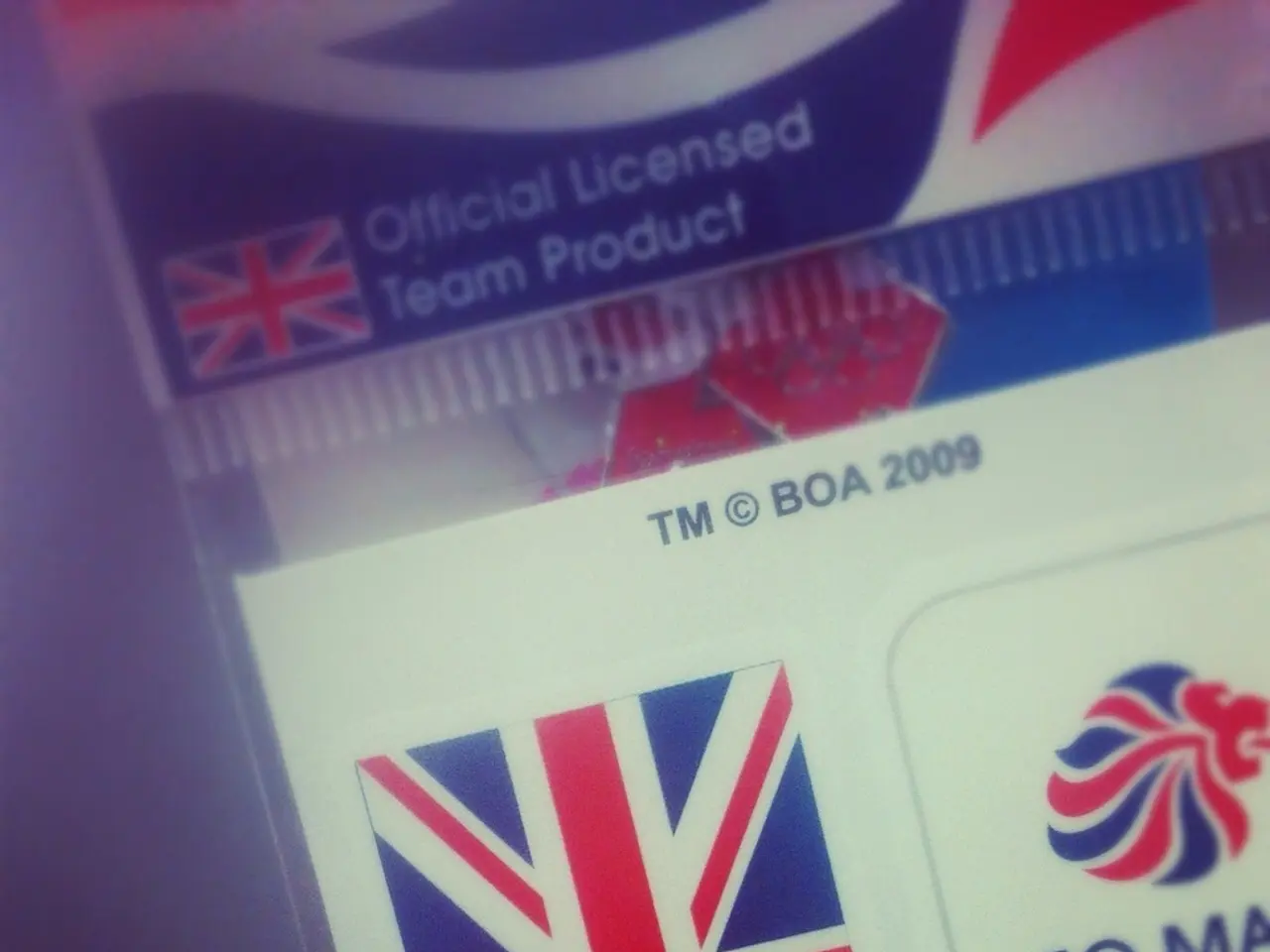Marketing Strategy Components - The 7 Essential Elements of Marketing
In the rapidly evolving global service industry, expected to reach a staggering $6.3 trillion by 2025, understanding and optimising service delivery has become crucial for organisations to thrive. Enter the service marketing mix, a comprehensive tool that helps businesses better compete in the service sector.
The service marketing mix extends beyond the traditional product marketing mix, with its focus on tangible goods, by incorporating seven key elements: product, price, place, promotions, people, process, and physical evidence.
At the heart of service marketing lies the intangible nature of services. Unlike products, services cannot be touched or stored. Instead, they are about the experience delivered, such as expertise, time, or support provided to the customer, be it hairdressing, tutoring, or commercial cleaning.
Pricing in service marketing can be more complex due to the variability of services, often depending on the time, complexity, and customisation involved. The place in service marketing determines where the service product will be located, with optimal locations being areas with high traffic and proximity to other businesses.
Promotions have become a critical factor in the service marketing mix, as competition is high and promotions are necessary to survive. However, the focus is not just on features but on building trust, reputation, and communicating the intangible benefits.
People define the organisation in service marketing. Employees in banks, software engineers in IT companies, chefs and service staff in restaurants – all play a vital role in shaping the customer experience. Emphasising training for employees on excellent customer service can lead to a return on investment of over 1,600% in terms of customer loyalty and brand reputation.
The process of delivering a service is crucial, as it determines the quality and speed of service delivery. Companies like McDonald's and FedEx thrive on their efficient processes. Refining service processes to include customer feedback can lead to more efficient operations and higher customer satisfaction.
In service marketing, physical evidence takes on a new significance. Tangible cues or environment help consumers evaluate the service, such as the ambiance of a salon or documentation provided. Physical evidence can enhance the customer experience and act as a differentiator, with examples such as a private hospital having plush offices and well-dressed staff compared to a government hospital.
The service process is defined before establishing the service, and it outlines the steps for the service product to reach the end customer. Emphasising training for employees on excellent customer service can lead to a return on investment of over 1,600% in terms of customer loyalty and brand reputation.
In summary, the service marketing mix broadens the traditional product marketing mix to address the unique challenges posed by the intangible, experiential nature of services, requiring a greater focus on people, processes, and physical evidence alongside the original product, price, place, and promotion. By understanding and optimising these elements, businesses can deliver exceptional customer experiences and thrive in the competitive service industry.
[1] Kotler, P., & Armstrong, G. (2016). Principles of marketing. Pearson Education. [2] Zeithaml, V. A., Parasuraman, A., & Berry, L. L. (1985). Delivering quality service: Balancing customer expectations and employee productivity. Free Press. [3] Gronroos, C. (2011). Service management: Operations, strategy, information technology. Wiley-Blackwell. [4] Cronin, J. J., Taylor, S. A., & Evans, G. W. (2000). Service quality: A review of the literature and directions for future research. Journal of Service Research, 3(1), 1-25.
Services, being intangible and reliant on experience, necessitate a different marketing mix compared to the traditional product marketing model. This revised approach, known as the service marketing mix, comprises seven essential elements, including people, process, physical evidence, in addition to the original product, price, place, and promotion.
By understanding and optimizing these unique elements, businesses can build trust, enhance reputation, offer superior experiences, and ultimately, thrive in the competitive service industry.




